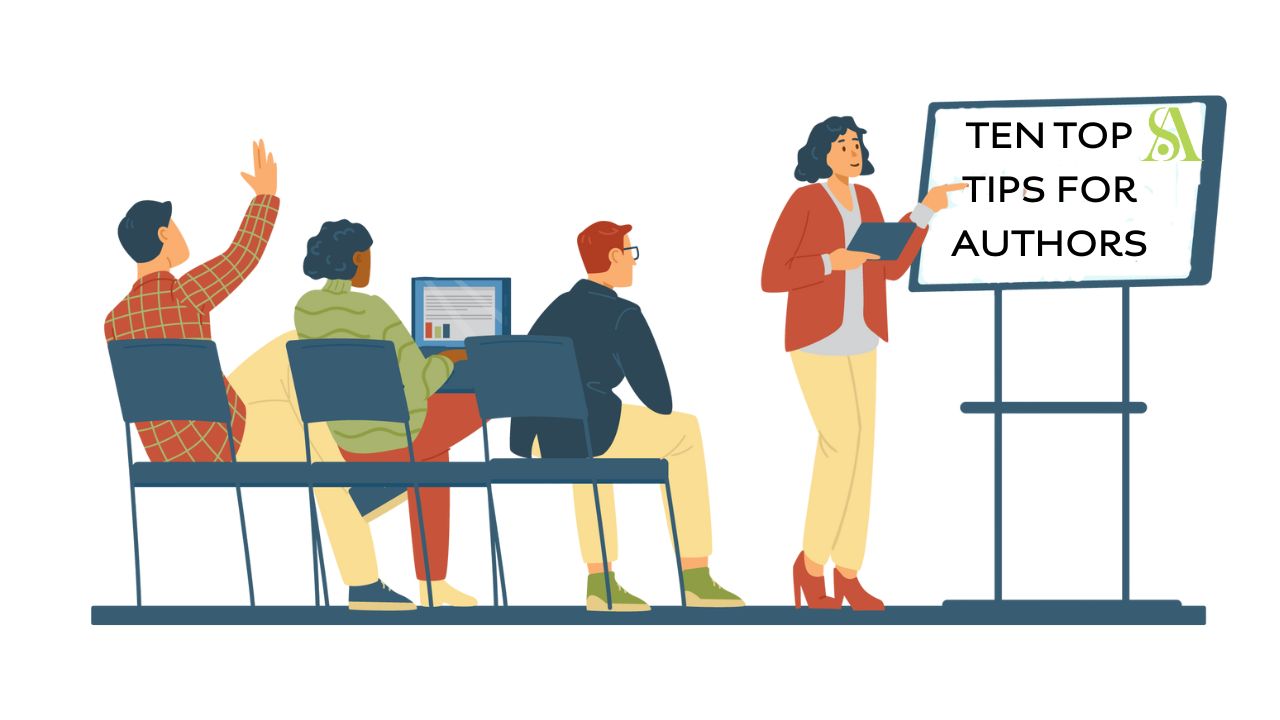Thinking of working with someone else on your script, novel or poem? The Court of Appeal has recently laid down some important new guidance relating to joint authorship under the Copyright, Designs and Patent Act 1988 (‘the Act’) and the rights of collaborators who may find themselves in the position of having their authorship contested (see Martin v Kogan 2019).
What does the Act state?
Under the Act, a work of joint authorship is defined as being a work produced by the collaboration of two or more authors in which the contribution of each author is not distinct from that of the other. In the past, Courts focussed on who actually wrote the work and disregarded ideas contributed by others. In delivering his judgment, Lord Justice Floyd has said that it is not correct to focus exclusively on whoever fixed the work in writing, setting out several important principles that should be considered in deciding whether or not a work can be considered a work of joint authorship.
The case in question concerned a screenplay based on the story of Florence Foster Jenkins. The script was written by Mr Martin, a writer, on the suggestion of his partner, Ms Kogan, an opera singer. Mr Martin claimed to have written every word and to have had full autonomy over any changes introduced into the script. Ms Kogan claimed to have made significant contributions to its creation that related to the characters, the story and dialogue. Initially, the judge in the Intellectual Property Enterprise Court (IPEC) found Mr Martin, to be ‘sole author’ of the screenplay. The case was referred to the Court of Appeal which decided that the wrong test had been applied.
In setting aside the earlier judgment and directing a new trial before a different judge in IPEC, Lord Justice Floyd laid out the following key principles (para 53):
- A work of joint authorship is a work produced by the collaboration of all the people who created it.
- There will be a collaboration where those people undertake jointly to create the work with a common design as to its general outline, and where they share the labour of working it out. The first task for the court in such a case is to determine the nature of the co-operation between the putative joint authors which resulted in the creation of the work.
- Derivative works do not qualify. Works where one of the putative authors only provides editorial corrections or critique, but where there is no wider collaboration, do not qualify. Ad hoc suggestions of phrases or ideas where there is no wider collaboration do not qualify.
- In determining whether there is a collaboration to create a literary or artistic work it is never enough to ask “who did the writing?”. Authors can collaborate to create a work in many different ways. For example, there may be joint authorship if one person creates the plot and the other writes the words, or if either or both of these types of labour is shared.
- Joint authors must be authors, in the sense that they must have contributed a significant amount of the skill which went into the creation of the work. Again, it is not correct to focus exclusively on who fixed the work in writing. The statutory concept of an author includes all those who created, selected or gathered together the detailed concepts or emotions which the words have fixed in writing.
- Contributions which are not “authorial” in the above sense do not count. What counts as an authorial contribution is acutely sensitive to the nature of the copyright work in question.
- The question of what is enough of a contribution is to be judged by the Infopaq test, i.e. whether the putative joint author has contributed elements which expressed that person’s own intellectual creation. The essence of that term is that the person in question must have exercised free and expressive choices. The more restrictive the choices, the less likely it will be that they satisfy the test.
- The contribution of a putative joint author must not be distinct.
- There is no further requirement that the authors must have subjectively intended to create a work of joint authorship.
- The fact that one of the authors has the final say on what goes into the work may have some relevance to whether there is a collaboration, but is not conclusive. The author with the final say must be given credit in deciding on the relative proportions of ownership, for the extra work involved in making those choices.
- It follows that the respective shares of joint authors are not required to be equal, but can reflect, pro rata, the relative amounts of their contributions.
The Court of Appeal therefore stated that the case should be reheard. “We consider that it is entirely realistic,” the judgment ran, “to suppose that a reconsideration of all the evidence would show that Ms Kogan’s contribution was indeed made as part of a collaboration and passed the quantitative threshold for joint authorship.”
What does this mean for collaborators?
It remains to be seen how IPEC will apply the latest guidance when Martin v Kogan returns before the court. What is clear is that who actually wrote the work, the choice of words and even who had control are no longer determinative of who owns the copyright: significant input by a muse may be enough to own a share of the work, particularly in relation to screenplays. It is therefore essential that collaborators, or anyone using input from another on a project, should enter into clear and comprehensive written agreements covering those all-important issues relating to copyright ownership and control.
You can find more information on collaboration agreements here. However, these agreements are tricky and there is an infinite variety of situations. We strongly advise you to contact the SoA before entering into a collaboration agreement or whenever you use the contribution of another person in your work.





